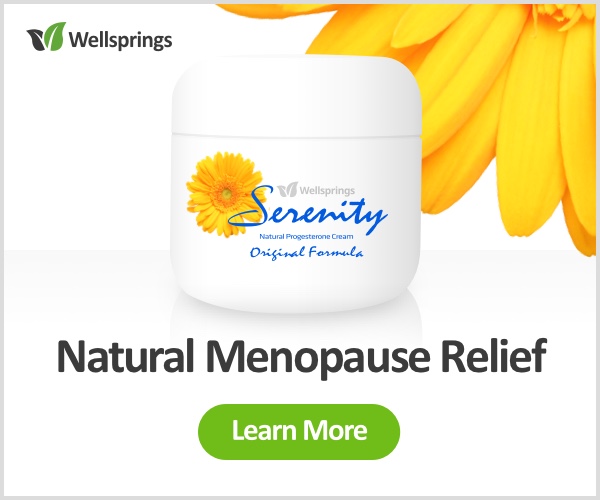Help for the Signs of Vaginal Atrophy
This is a painful and distressing condition and it is estimated that 50-80% of women will experience it.

What is it?
Vaginal atrophy is when the walls of your vagina get thin, dry, and inflamed. This can happen when your body makes less oestrogen, such as during and after menopause.
You may notice it in both your vagina and urinary tract and can have:
- Vaginal dryness or burning
- Itching in your genitals
- Unusual vaginal discharge
- More yeast infections
- Burning when you pee
- A need to pee often
- A hard time holding pee in (incontinence)
- More urinary tract infections (UTIs)
- Discomfort or bleeding during or after sex
- Less natural lubrication when you have sex
Dryness is usually the first sign and one many women experience at menopause, but unfortunately it is also common after too, with up to 40% having symptoms.
What causes it?
The cause of vaginal atrophy is a drop in oestrogen levels and at menopause many women are producing oestrogen still from the fat cells of the abdomen, belly and thighs but if the oestrogen levels drop too far that will be a precipitating factor.
When your body has less oestrogen, your genital tissues become more fragile which is why there is also a rise in urinary tract infections. Menopause is the most common reason, but your oestrogen levels can also go down because of:
- Breastfeeding
- Anti-oestrogen medications
- Some birth control pills
- Surgery to remove both ovaries
- Chemotherapy
- Pelvic radiation therapy
- Hormone treatment
Risk factors
There are two main things that can raise your chances of vaginal atrophy and they are:
Smoking. It restricts blood flow, including to your vaginal area and it also lowers the natural amount of oestrogen in your body.
Not having vaginal births. Women who haven’t had a vaginal birth are more likely to have atrophy and related issues than those who have.
How is it diagnosed?
There are three possible ways so if you are suffering please see your doctor for an accurate diagnosis as some of the symptoms may relate to something else.
- Urine test. Your doctor will get a urine sample for testing, especially if you have urinary issues.
- Pelvic exam. Your doctor will look closely at your genitals and feel inside to check your cervix.
- Acid balance test. For this test, your doctor may use a paper strip to check the acid balance in your vagina.
How can you treat it?
One way to ease these problems is to have sex because women who have regular sexual activity, with or without a partner, tend to have milder cases of vaginal atrophy than those who don’t. Sexual activity raises blood flow to the vagina and helps it stay elastic.
If you have dryness and discomfort, especially when you have sex, vaginal moisturisers or water-based lubricants may help. You use them every few days and just before intercourse. If you’ve tried them and they haven’t worked then other treatment options include separate vaginal oestrogen, or a combined progesterone and oestrogen regime.
The oestrogen can thicken your vaginal walls and ease many of the other symptoms of UTI’s , where progesterone is helpful in preventing UTI’s. Any dryness or discomfort can certainly impact your libido and progesterone is the hormone in women that can help with that.
Oestrogen comes in different forms so you need to think about what may be best for you. There are creams or suppositories that you put into your vagina, a soft, flexible vaginal ring and oestrogen pills.
There may be side effects, so talk with your doctor or look at other alternatives.
Helpful information:
If you have dryness, itching, or burning, don’t use perfumes, scented lotion, deodorants, or powders on your pelvic area and use unscented soap.
Don’t wear tight clothes and panty liners and pads may add to the irritation because they contain synthetic material.
For dryness a combination cream such as Wellsprings 20-1 can be helpful, but if you have atrophy initially this will not be sufficient.
However many women prefer not to use a synthetic oestrogen for treatment and so a bioidentical oestrogen cream has been developed by Wellsprings.
However once the initial condition is treated with this separate oestrogen, and is then stable, a combination cream such as Wellsprings 20-1 can be used on its own.
https://anna.blog.wellsprings-health.com/when-sex-is-painful-what-can-you-do-2/


















